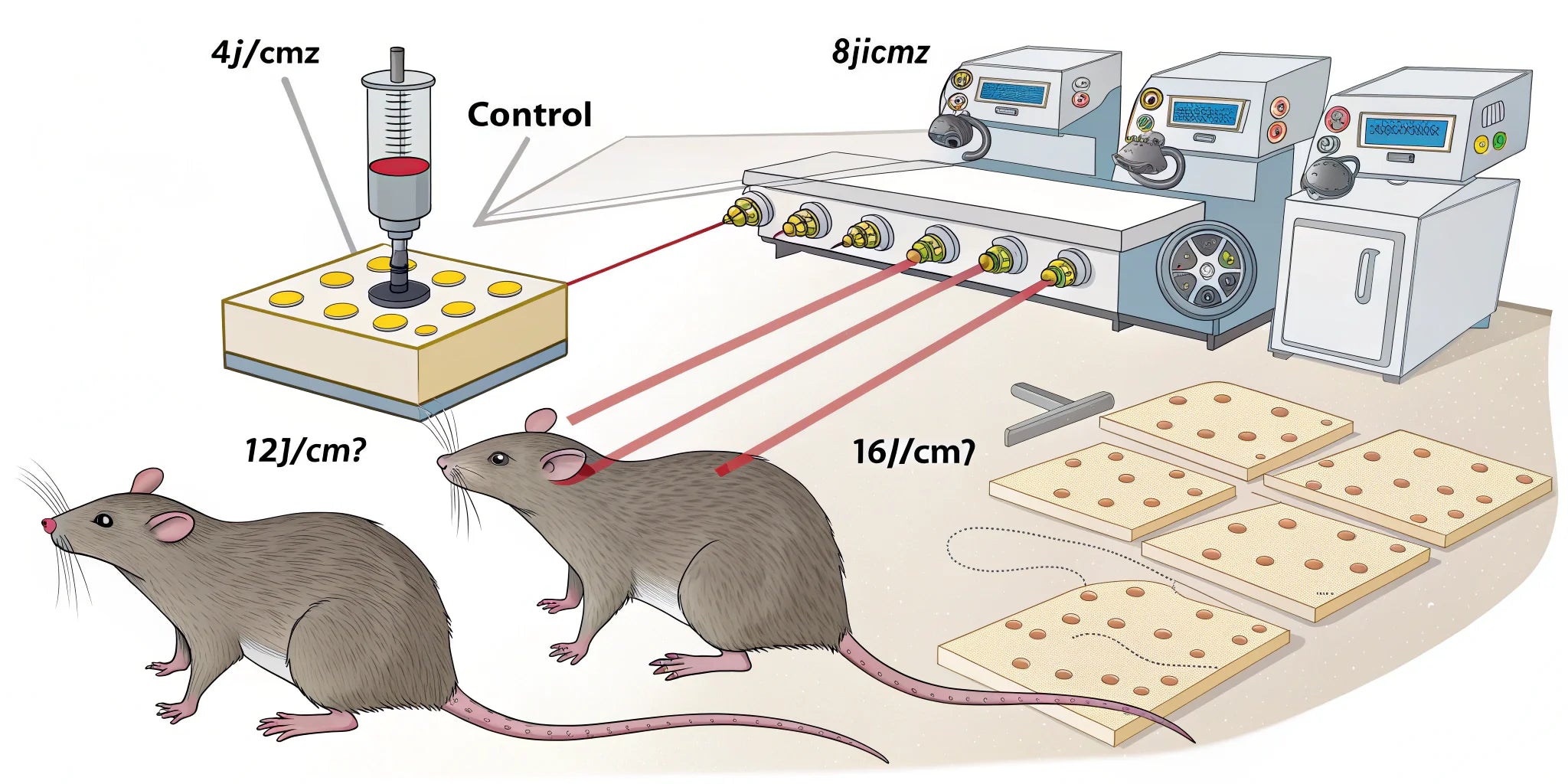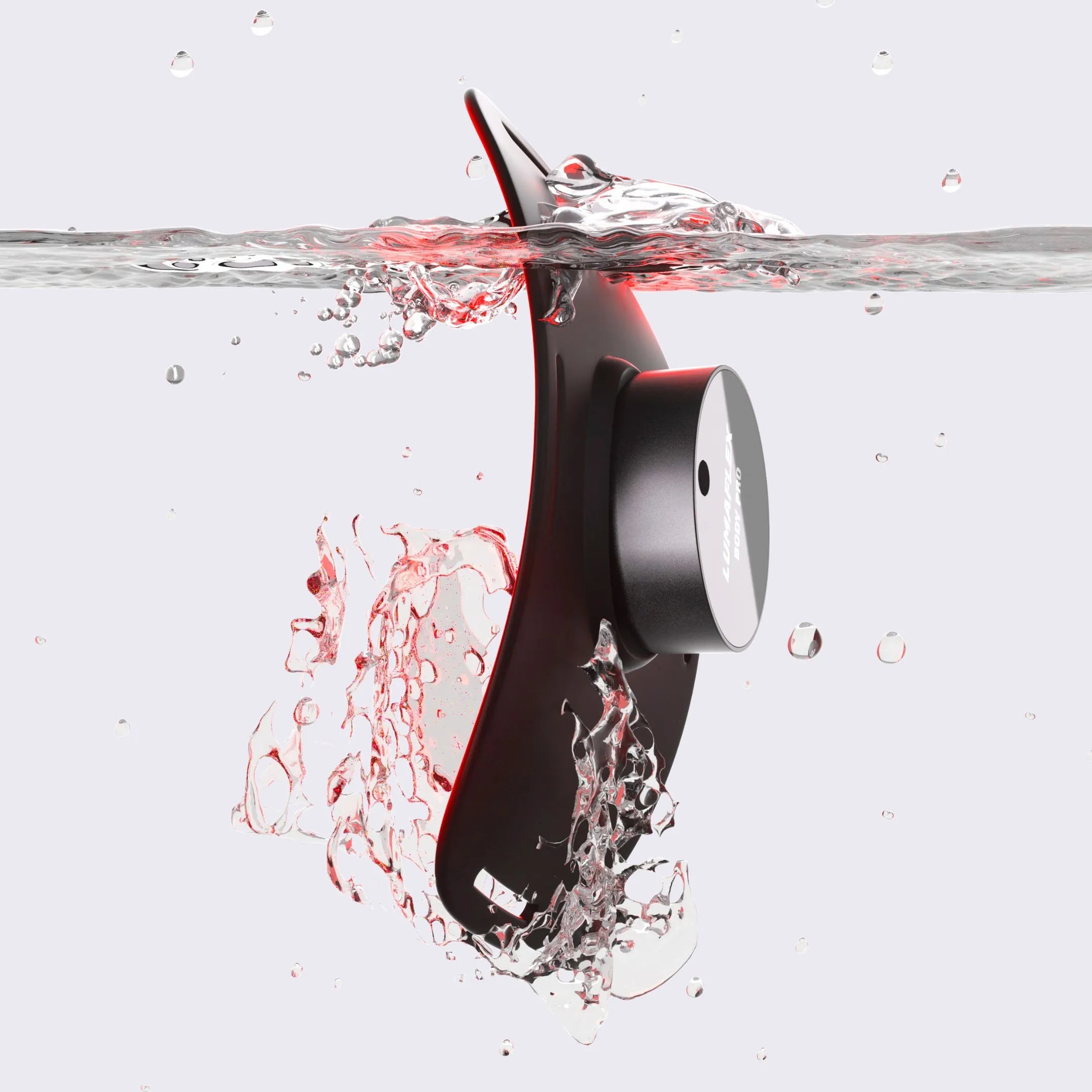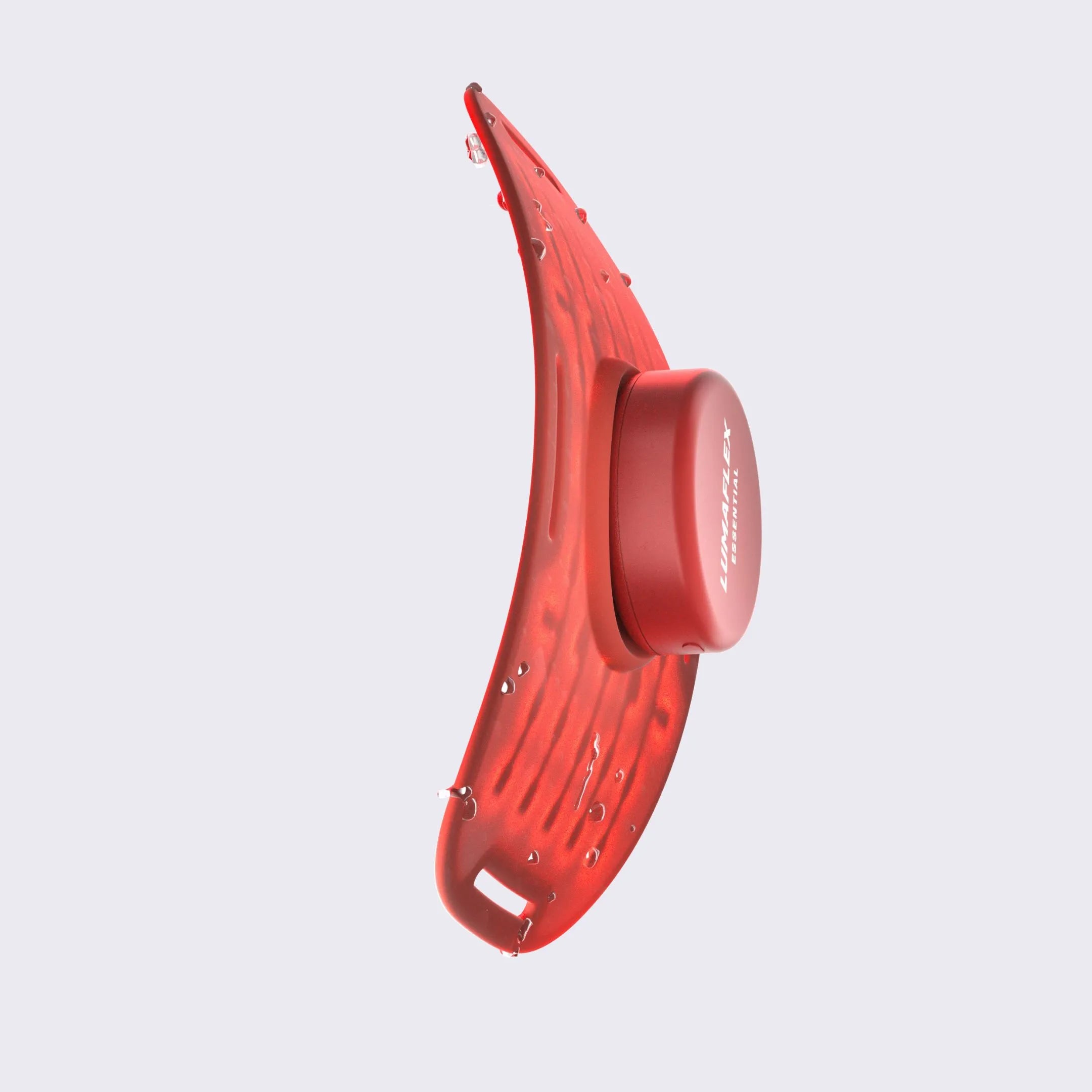Effects of 630 nm Low-Level Laser Therapy on Brown Adipose Tissue in Rats
Study Overview
- Description: This study aimed to observe the behavior of fatty cells submitted to laser therapy by irradiating the dorsal fat pads of normal adult rats with low-level laser.
- Source: PubMed
Summary
- Participants: Dorsal fat pads of normal adult rats.
- Intervention: Local low-level laser irradiation applied through intact skin, with four different dose schedules: 4J/cm2, 8J/cm2, 12J/cm2, and 16J/cm2. A sham-irradiated group was also included.
- Methods: Irradiated tissues were analyzed using histology, morphometry, immunofluorescence, and electron microscopy.
- Conclusion: The laser rays caused changes in the brown fatty tissue, showing a tendency for multivacuolar cells to be transformed into the unilocular type. The number of cells exhibiting enlargement and fusion of small vacuoles was greater in the 4J/cm2 and 16J/cm2 groups. Increased vascular proliferation and congestion were also more evident in the laser-treated animals compared to the non-treated animals. The study concluded that low-level laser rays cause brown adipose fat droplets to coalesce and fuse, and stimulate the proliferation and congestion of capillaries in the extracellular matrix.
































